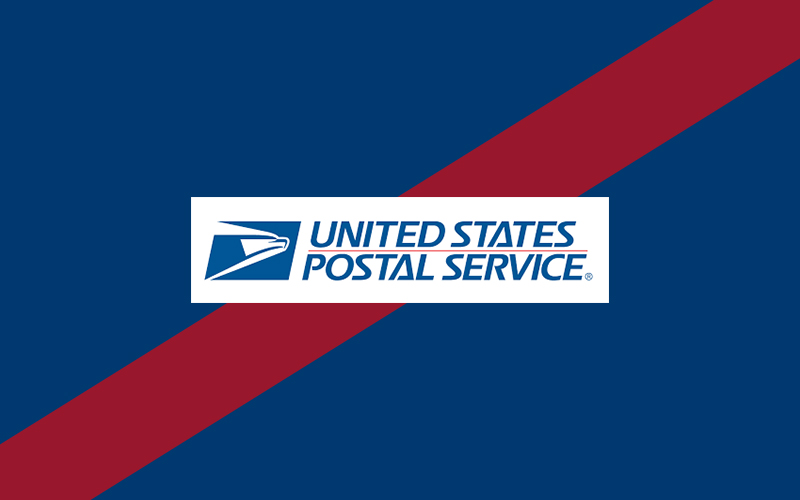By Greta Close, contributing writer
Some Warren residents were recently without mail delivery for three days due to postal service labor shortages.
The United States Postal Service (USPS) is “stretched to the max,” said Stephen Doherty, the communications specialist for Northeast New England.
This reality was felt by Warren town residents last week and many took to social media and a digital community to voice their concerns about the delay in mail delivery and staffing issues.
One resident shared that, “We have been without mail delivery… I know we have mail to be delivered” while another stated that their “car insurance was (temporarily) canceled due to a long delay in getting our check to the company through the mail” and acknowledged that “some people are experiencing unacceptable delays receiving vital prescription meds.” These are all real consequences of delayed mail service.
In the late 1980s and 1990s there was a big hiring push by the USPS and today, “They’re all hitting retirement age,” said Doherty. This coupled with the consequence of a widespread hiring shortage brought on by the pandemic means there aren’t enough employees to fill those positions.
Instead, local carriers have been tasked with incorporating uncovered delivery routes to their own – an addition which frequently requires overtime work to complete, delays delivery times and strains on an already taxed system.
Over the last several years, the USPS has been faced with significant shifts in demand due to the expansion of online communication and shopping, functions only heightened by a pandemic-altered economy. As a result, the USPS has been forced to make rapid transformations from a first-class focused mail service to one centered around package delivery.
And while the pandemic is subsiding, Doherty said, “people now have gotten comfortable… they’re kind of hooked on [online shopping]” and he doesn’t see that ending anytime soon. This means that significant action will be needed to meet rising demands in an employee-barren market.”
Currently, the USPS is relying on its ability to shuffle employees around regions to fill scheduling gaps in under-staffed towns, but this is not a sustainable solution as most are faced with the staff shortage dilemma themselves.
At the local level, this translates to post offices with demands that are hard to meet and industry shifts staff must accommodate. For the communities that depend on them, these suspensions in mail service mean a pause in the rapid delivery people have become accustomed to – and that can have real consequences when it comes to time-sensitive mail such as checks and bills, especially when such delays are surely not to be the last.
Like many businesses, the postal service is looking to recruit employees and to do so it is running recruitment drives, job fairs and open houses to promote the multitude of positions they are hiring for.
Until these efforts yield new employees, however, users are learning another lesson in patience as the impact of short-staffed businesses continue to be felt.
Doherty offered no suggestions for how people can access their mail if it is not delivered and did not return two calls seeking details on the subject.
Close is a UVM student participating in the Community Journalism Project which pairs student writers with Vermont community newspapers.







